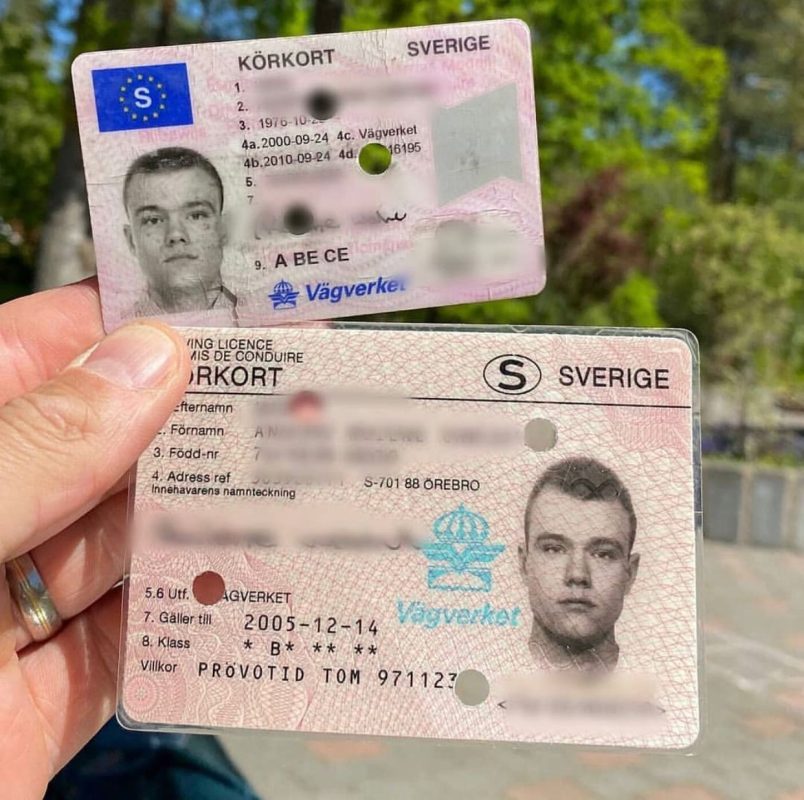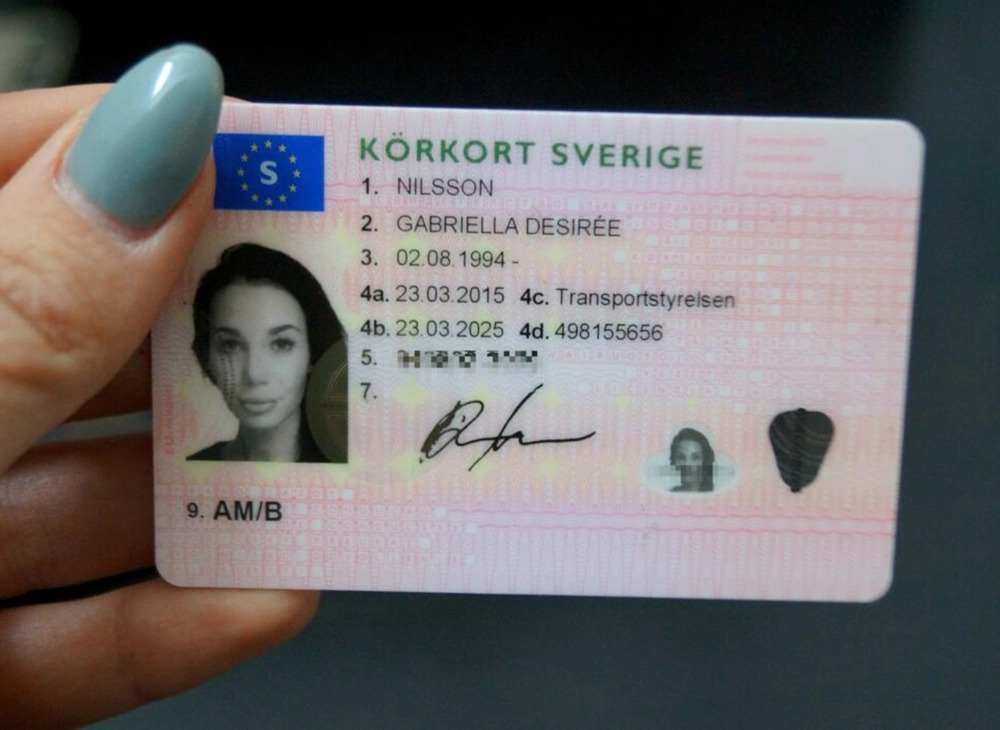Navigating the New Landscape of Driving License ID Handling in 2025
In every society, the driving license acts as a crucial document, not just as an evidence of the ability to run an automobile but also as an identification tool. As we enter 2025, substantial changes have emerged regarding the handling and management of driving licenses, primarily influenced by advances in innovation, developing guidelines, and the requirement for enhanced security steps. This article intends to deliver a comprehensive introduction of driving license ID handling in 2025, clarifying the innovations involved, the approaching legal improvements, and providing answers to common inquiries.
The Transition to Digital Driving Licenses
Among the most noteworthy changes in driving license ID handling is the widespread adoption of digital driving licenses. These digital licenses are stored electronically on mobile phones, offering several benefits to both drivers and authorities. In the United States, for example, lots of states have begun carrying out digital chauffeur's licenses, while nations such as Canada and the UK are anticipated to do the same quickly.
Key Benefits of Digital Driving Licenses
- Convenience: Easily available on mobile devices, removing the need to bring physical copies.
- Improved Security: Incorporating biometric features and encryption helps to fight identity theft and fraud.
- Real-time Updates: Immediate updates to personal info, such as changes in address or status, improve precision.
Obstacles and Concerns
Regardless of the benefits, the shift to digital licenses provides difficulties, including concerns about privacy, cybersecurity hazards, and the digital divide affecting those without access to mobile phones or the web.
Changes in Regulatory Framework
As we head into 2025, a number of policies surrounding driving licenses have actually come under examination and improvement. Governments and regulative bodies are focusing on guaranteeing that driving licenses are safe, valid, and provided in compliance with recognized laws.
Secret Legislative Trends
Standardized ID Formats: Countries are moving towards a standardized format for driving licenses to improve validation and improve security.
Increased Verification Procedures: Authorities are now utilizing sophisticated techniques such as facial recognition and AI to enhance confirmation procedures at checkpoints.
Concentrate on Sustainability: With growing environmental concerns, KöRkortsonline lots of states are deciding for environment-friendly products for physical licenses and checking out robust digital alternatives.
Age and Identity Verification: Enhanced procedures are being put in place to precisely confirm the age and identity of drivers, particularly in contexts where age-related laws apply to driving.
The Global Perspective: State-By-State Comparison
| Country | Digital License Implementation | Current Regulations | Significant Features |
|---|
| United States | Numerous states in progress | Differs by state, efforts to unify formats | QR codes for simple validation |
| Canada | In pilot phases | Standardized recognition across provinces | Integration with health IDs |
| UK | Early adoption phase | Focus on online renewal and info updates | Digital confirmation by means of the app |
| Australia | Under factor to consider | Progressively stringent recognition protocols | Concentrate on fraud avoidance |
The Role of Technology in ID Handling
Technology is transforming how driving licenses are dealt with. AI, blockchain, and biometrics are becoming essential to driving license issuance and verification.

Developments Shaping the Future
Expert system: AI algorithms are now utilized for recognizing patterns in driving habits, which can notify insurance premiums and legal implications.
Blockchain Technology: Ensuring the stability and authenticity of driving license data, blockchain technology enables secure sharing of details in between authorities without worry of tampering.
Biometrics: Increasingly, biometric systems are implemented at the point of issuance and verification, such as facial acknowledgment and finger print scanners, to guarantee protected identity verification.
Prospective Impacts of Emerging Technologies
The application of these technologies can result in enhanced dependability and security of driving IDs, however it raises concerns about data personal privacy and user approval.
Often Asked Questions (FAQs)
1. What should I do if my digital driving license is lost or stolen?
You must immediately report the loss or theft to your regional automobile company. Most digital licenses have integrated features to disable gain access to remotely.
2. Are digital driving licenses accepted all over?
Since 2025, acceptance of digital licenses differs by region. It's encouraged to carry both digital and physical copies when traveling throughout state or nationwide borders.
3. Can I update my details on a digital driving license?
Yes, updates can typically be made through the associated mobile application or site of the issuing authority.
4. What are the security measures for digital licenses?
Digital licenses usually integrate functions such as file encryption, two-factor authentication, and biometric verification to improve security.

5. How will conventional driving licenses be affected?
The relocation towards digital licenses may minimize the issuance of physical licenses, however they will still be readily available for those not able to gain access to digital alternatives.
As we advance into a brand-new age in 2025, the handling of driving licenses is optimizing to fulfill the demands of contemporary society. Through technological improvements and regulatory reforms, individuals can expect a more secure, efficient, and streamlined procedure for obtaining and managing their driving licenses. Nevertheless, as digital options multiply, it stays necessary to address challenges connecting to personal privacy, security, and ease of access, making sure fair road access for all chauffeurs while protecting personal info. As federal governments throughout the globe continue to adapt to these modifications, the future of driving license ID handling is set to be both vibrant and transformative.